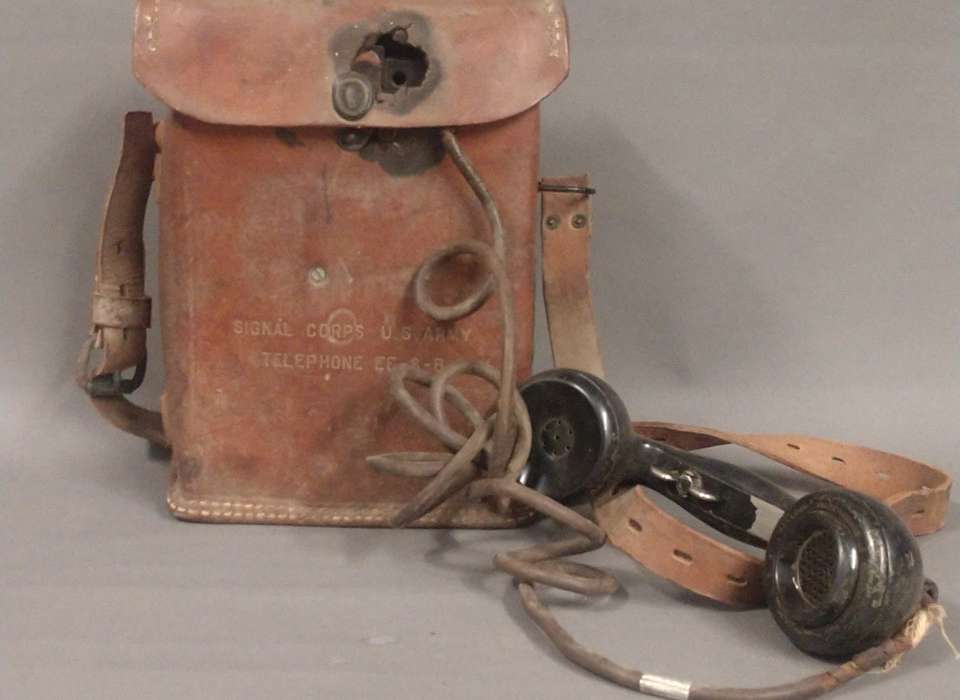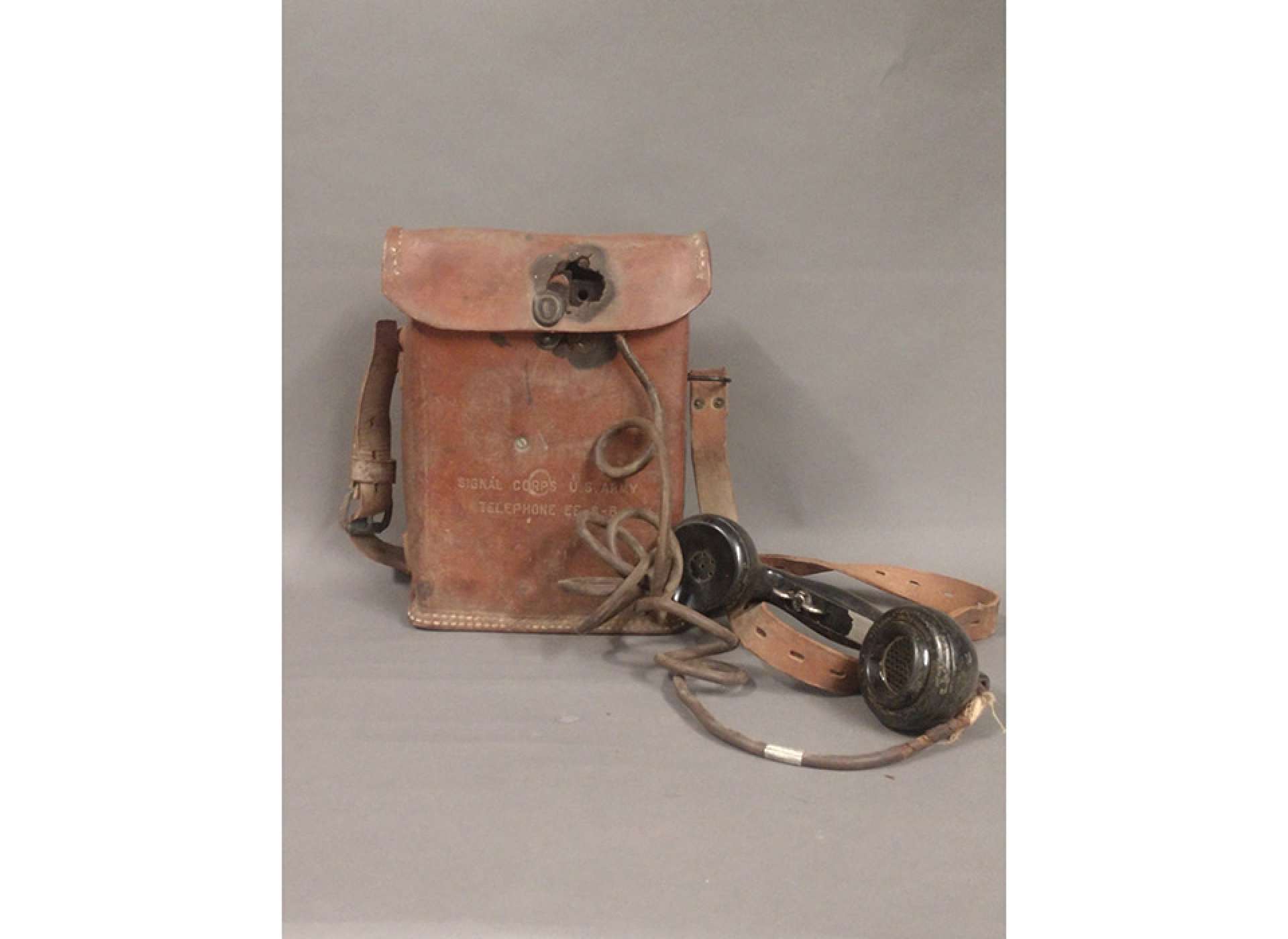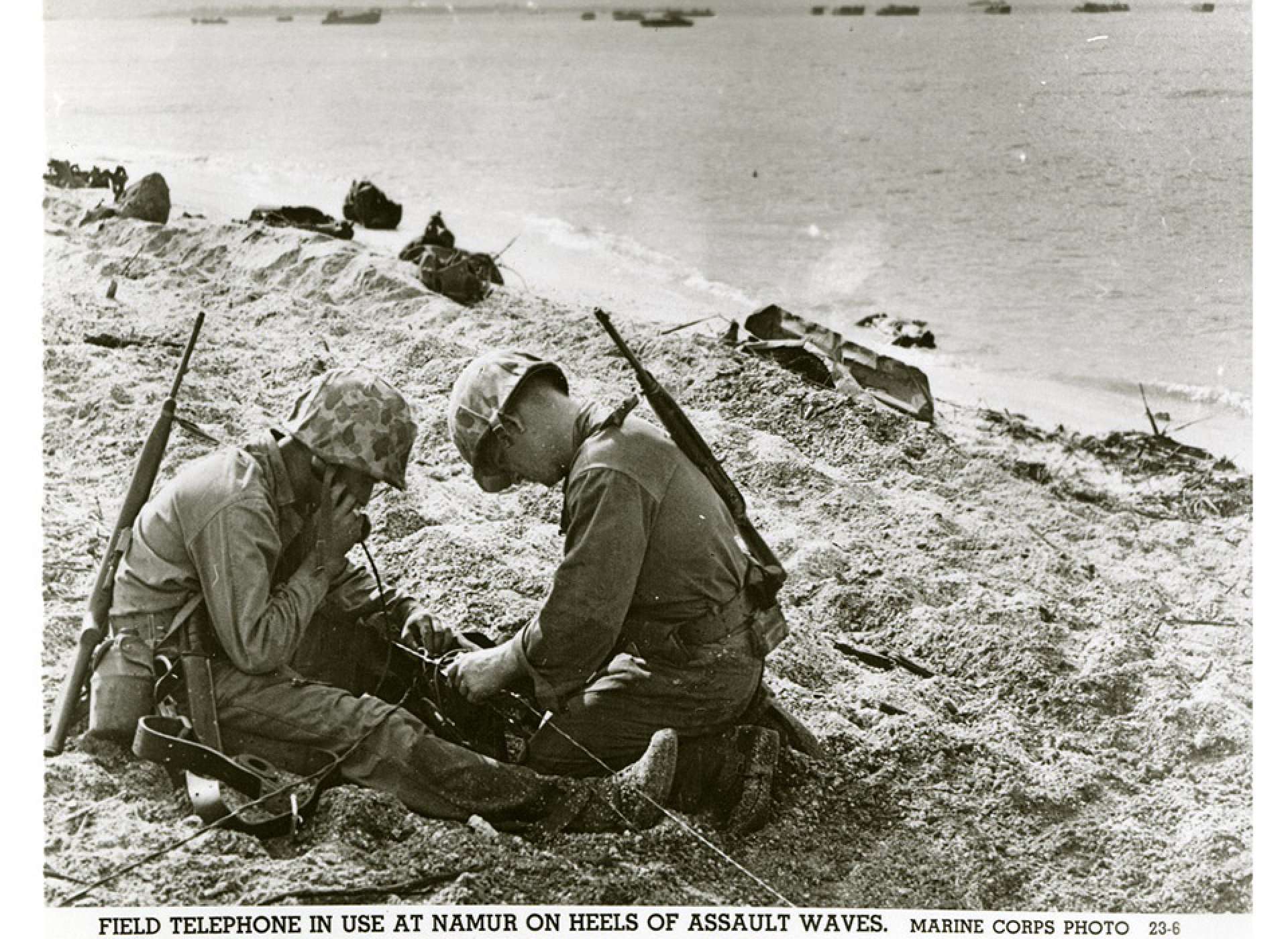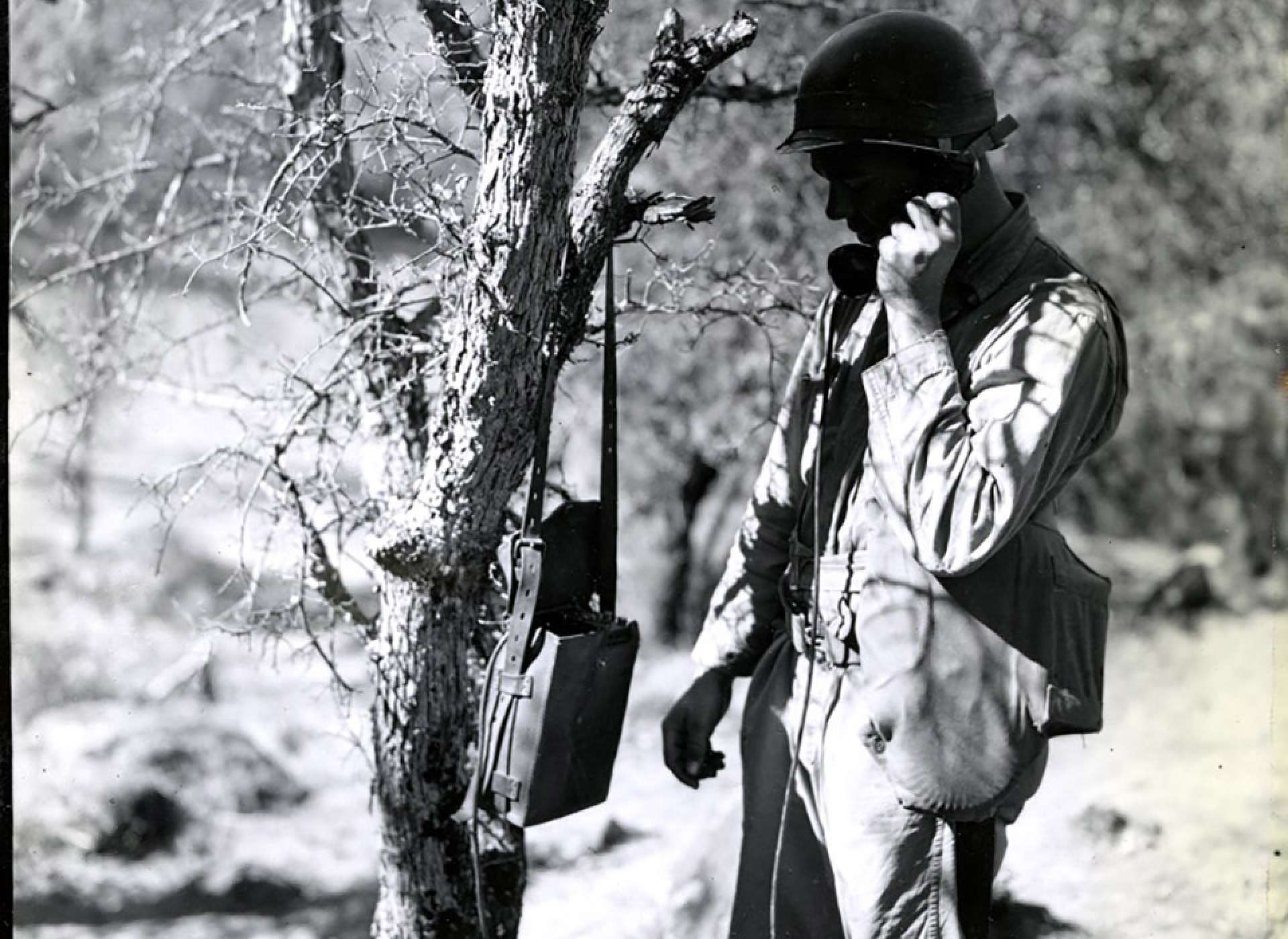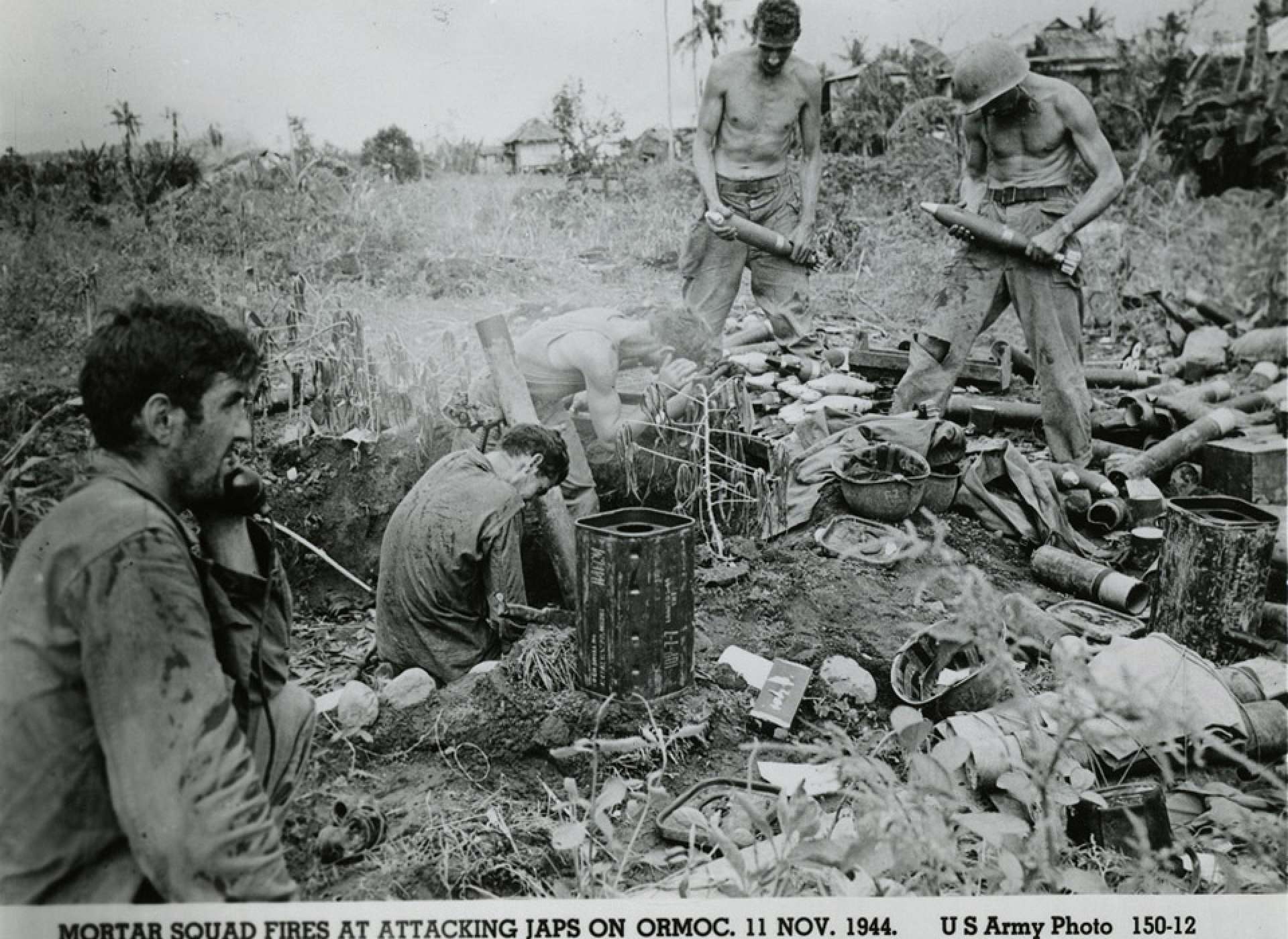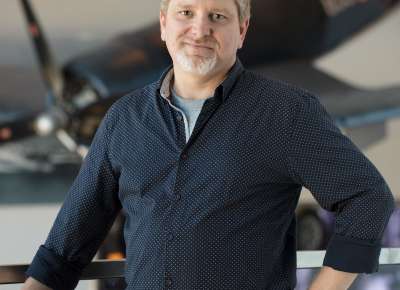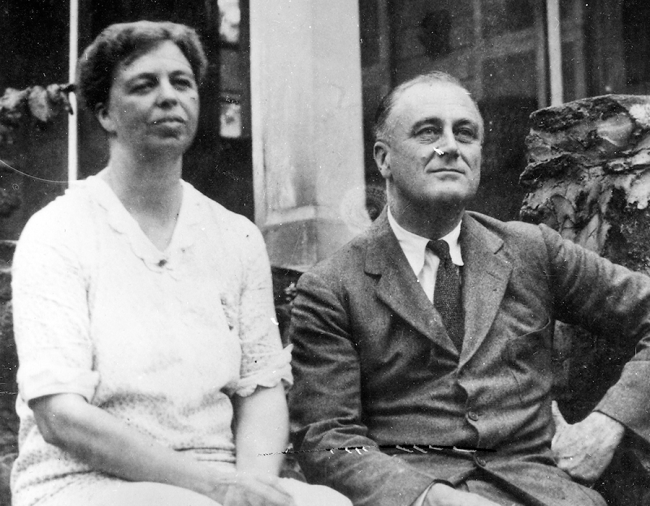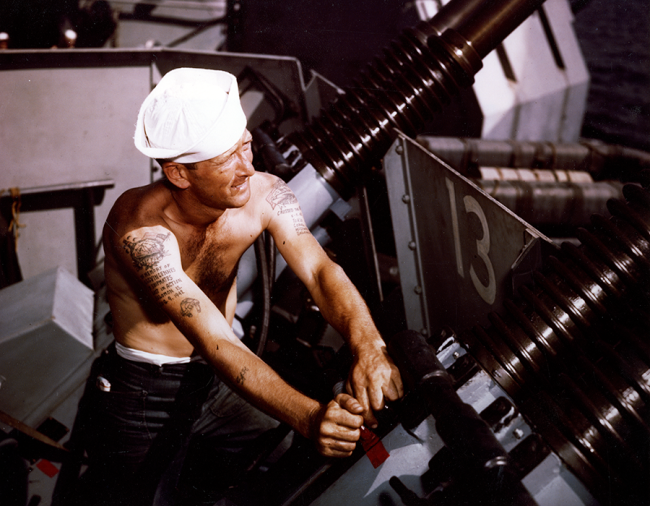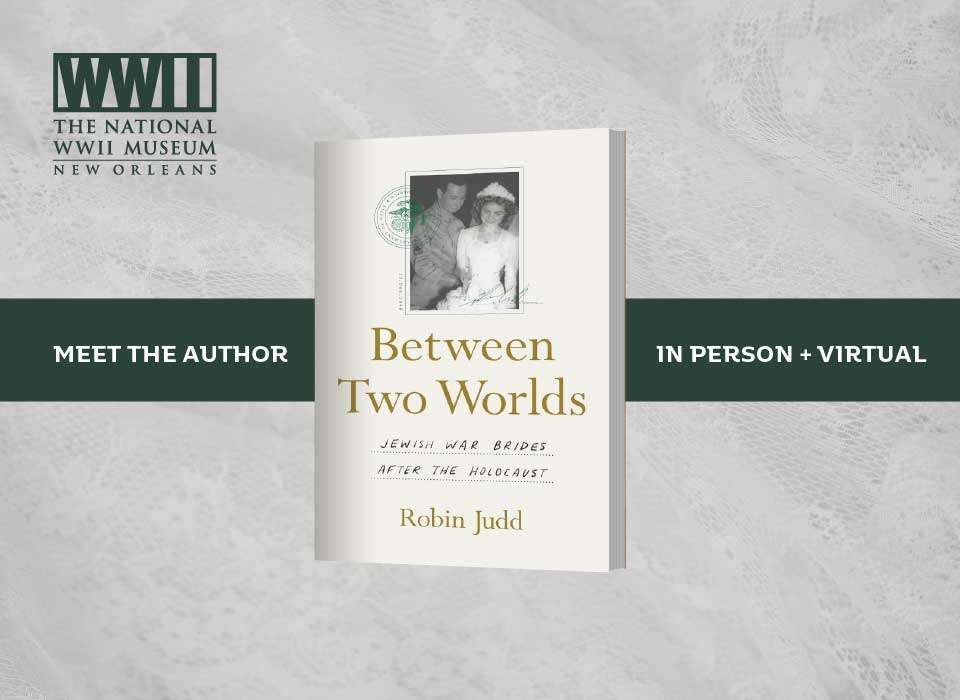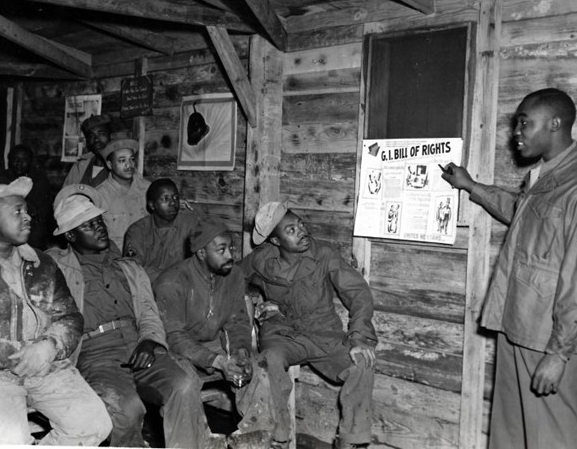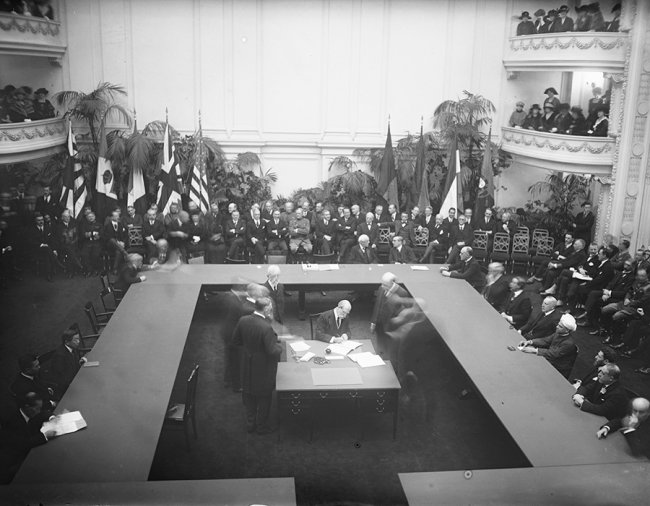The handset on the EE-8 Field Telephone was not very different than contemporary phones, and the sturdy device can still work today.
The EE-8 field telephone was used by the US Military from 1935 into the Vietnam War. It used a wired line with a maximum transmission distance of 7 miles. The EE-8 uses D cell batteries to power the electric signal that carries the signal through the wire to the other phone. It has a hand-cranked dynamo to generate the charge that rings the phone on the other end of the line. The case is leather, with fabric insulation covering the cord for the receiver. During World War II the phone was preferred to the radio, and the EE-8 was much more reliable than the backpack mounted Walkie-Talkie (SCR-300) and the Handy-Talkie (SCR-536). The phone line, which could be run through a switchboard from a command center, was often run by soldiers during combat situations.
One of our EE-8s is on display in the STEM Innovation Gallery. It sits in a case with a Gibson Girl radio (SCR-578) and several hand-cranked flashlights. We use it to talk about generating electricity and the transformation of mechanical into electrical energy.
-

Gift of Musée Airborne, Ste.-Mere-Eglise, 2007.337.010
-

Two United States Marines using a field telephone on a beach; debris is scattered throughout; landing craft are in the ocean in the background. Official caption on front: "Field telephone in use at Namur on heels of assault waves. Marine Corps Photo 23-6." Roi-Namur, Kwajalein Atoll, Marshall Islands. February 1944. Gift in memory of Sgt. Lyle E. Eberspecher, 2013.495.286
-

3-24-44. Ecklund. T/5 W. T. Gardner, 89 Sig Platoon, 89 Div, is testing a EE8A Field Telephone he has just installed at the new area of 89Div CP near Hill 2280 HLMR. HLMR MTN Man. R 168-9-44-659. Army Signal Corps photograph Photographer: Ecklund. 24 March 1944. Gift in Memory of Maurice T. White, 2011.065.1909
-

Two United States Army soldiers holding mortar bombs next to two other soldiers who are firing the mortar; another soldier is talking into a field telephone. Official caption on front: "Mortar squad fires at attacking Japs on Ormoc, 11 Nov. 1944. US Army Photo 150-12." Ormoc, Leyte, Philippines. 11 November 1944. Gift in memory of Sgt. Lyle E. Eberspecher, 2013.495.930
Museum Store
Support the continuing educational mission of The National WWII Museum by shopping our Museum Store.
Rob Wallace
Rob runs teacher workshops and develops curriculum, including Real World Science, funded by The Northrop Grumman Foundation.
Toni M. Kiser
Toni is a graduate of the George Washington University’s Masters in Museum Studies Program and the author of Loyal Forces: American Animals in WWII and the co-editor of Museum Registration Methods, 6th Edition.
Cite this article:
MLA Citation:
APA Citation:
Chicago Style Citation:
